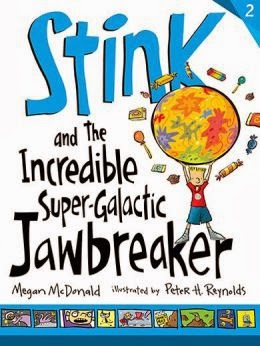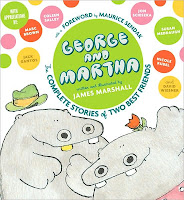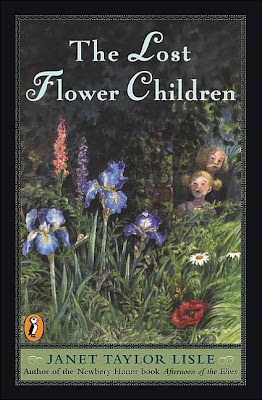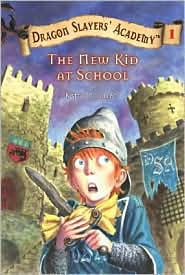Everything on a Waffle by Polly Horvath, 150pp RL 4

Everything on a Waffle by Polly Horvath is the winner of the 2002 Newbery Honor. I loved this book the minute I opened it, probably because it had a recipe - a recipe a 9 or 10 year old kid could actually make - at the end of each chapter. Of course, I also admired the stoicism and practicality of the wonderfully crafted narrator, 11 year old Primrose Squarp. Everything on a Waffle reads almost as if John Irving had honed down one of his weighty tomes into a young adult novel. The characters have great names and quirks like Miss Perfidy, who leaves the room mid-conversation, abuses moth balls and is over 100 years old, and Miss Bowzer who runs the Girl on a Red Swing restaurant where everything, including swordfish, salad and shepherd's pie, is served on a waffle. And, things that should be horrible but somehow come out crazy and funny happen to the characters, especially Primrose. Some of my favorite chapter titles are, "I Lose a Toe," "I Set Fire to a











